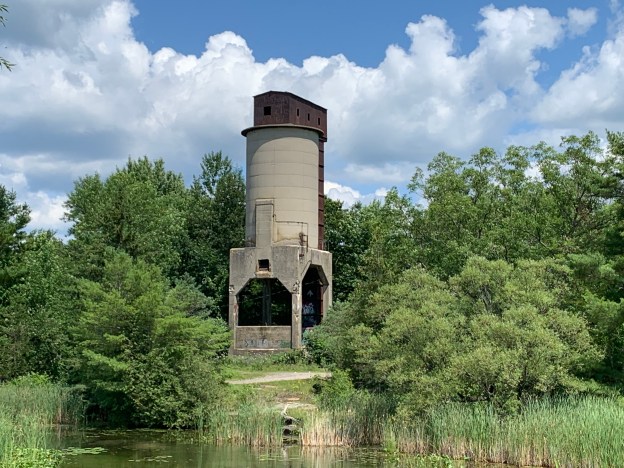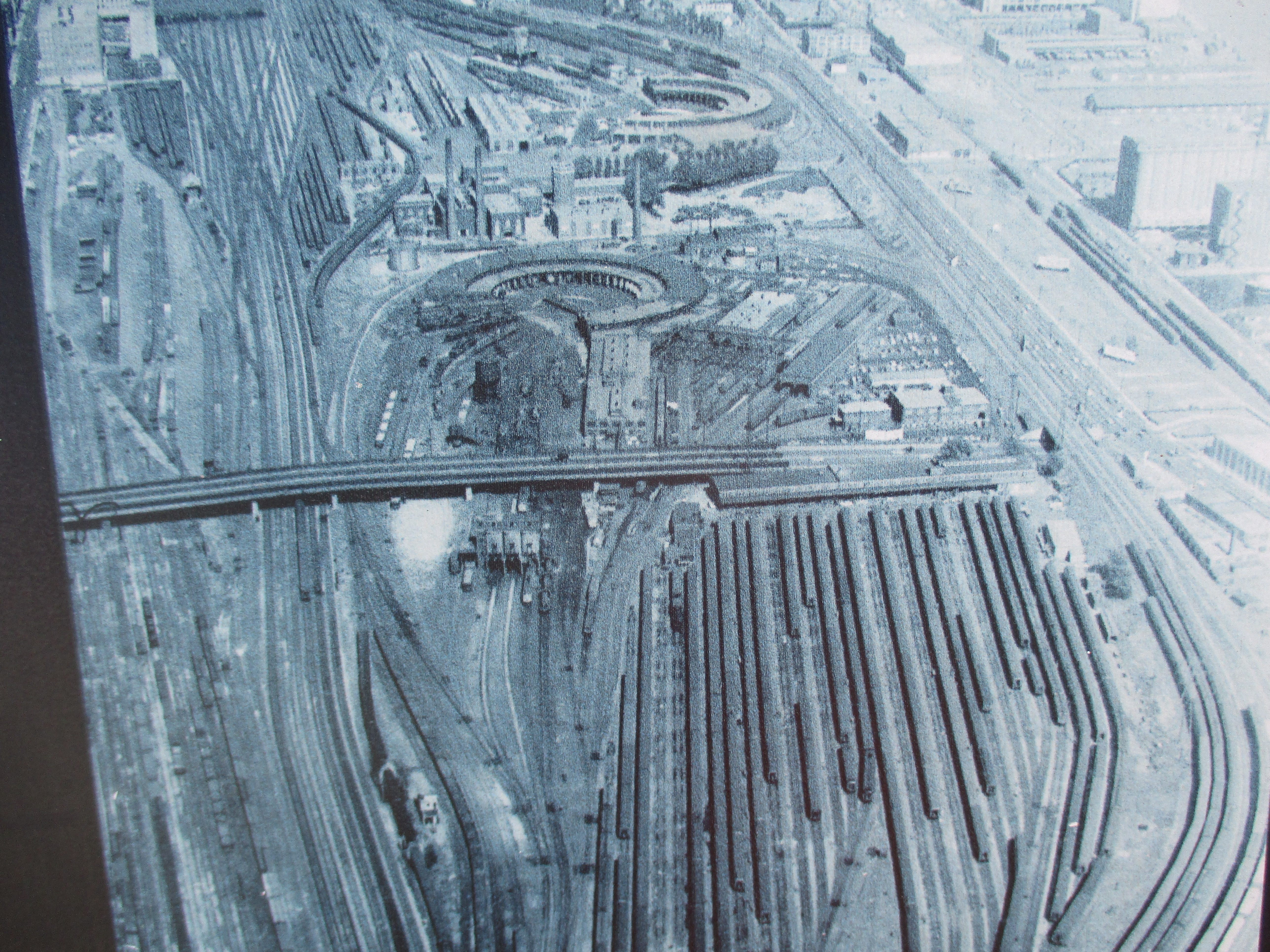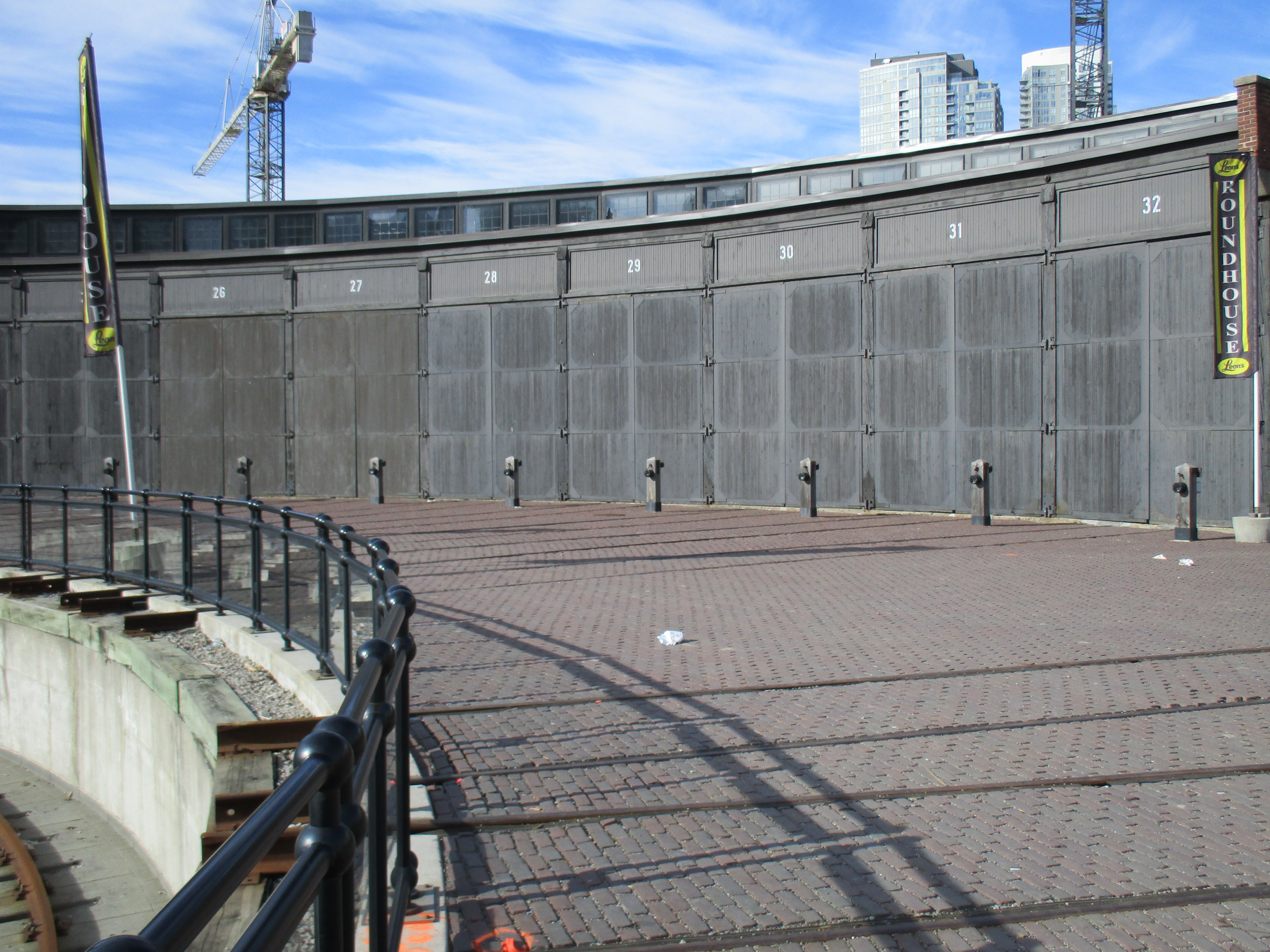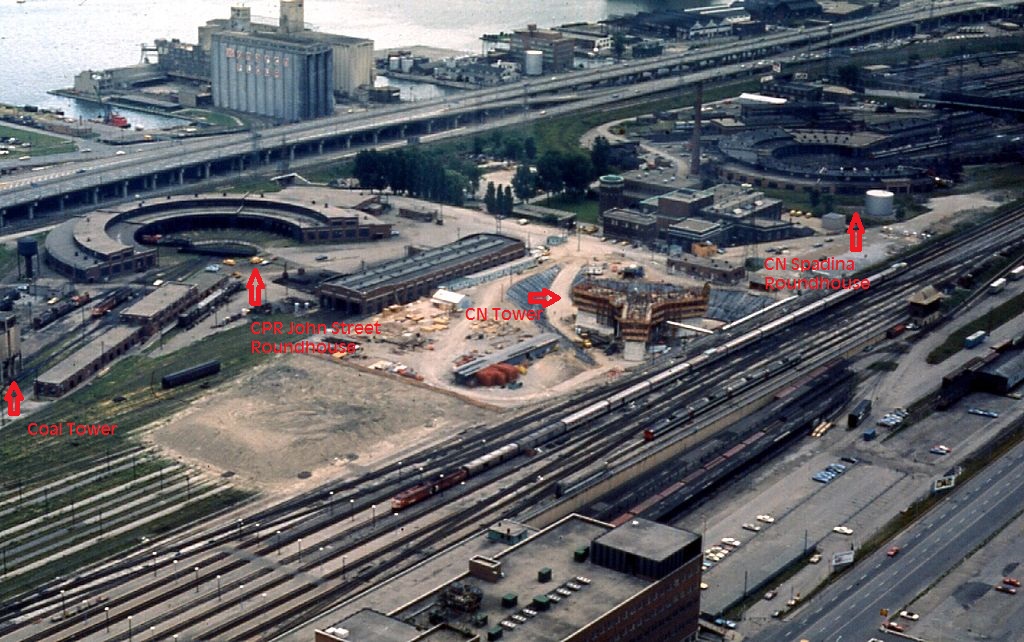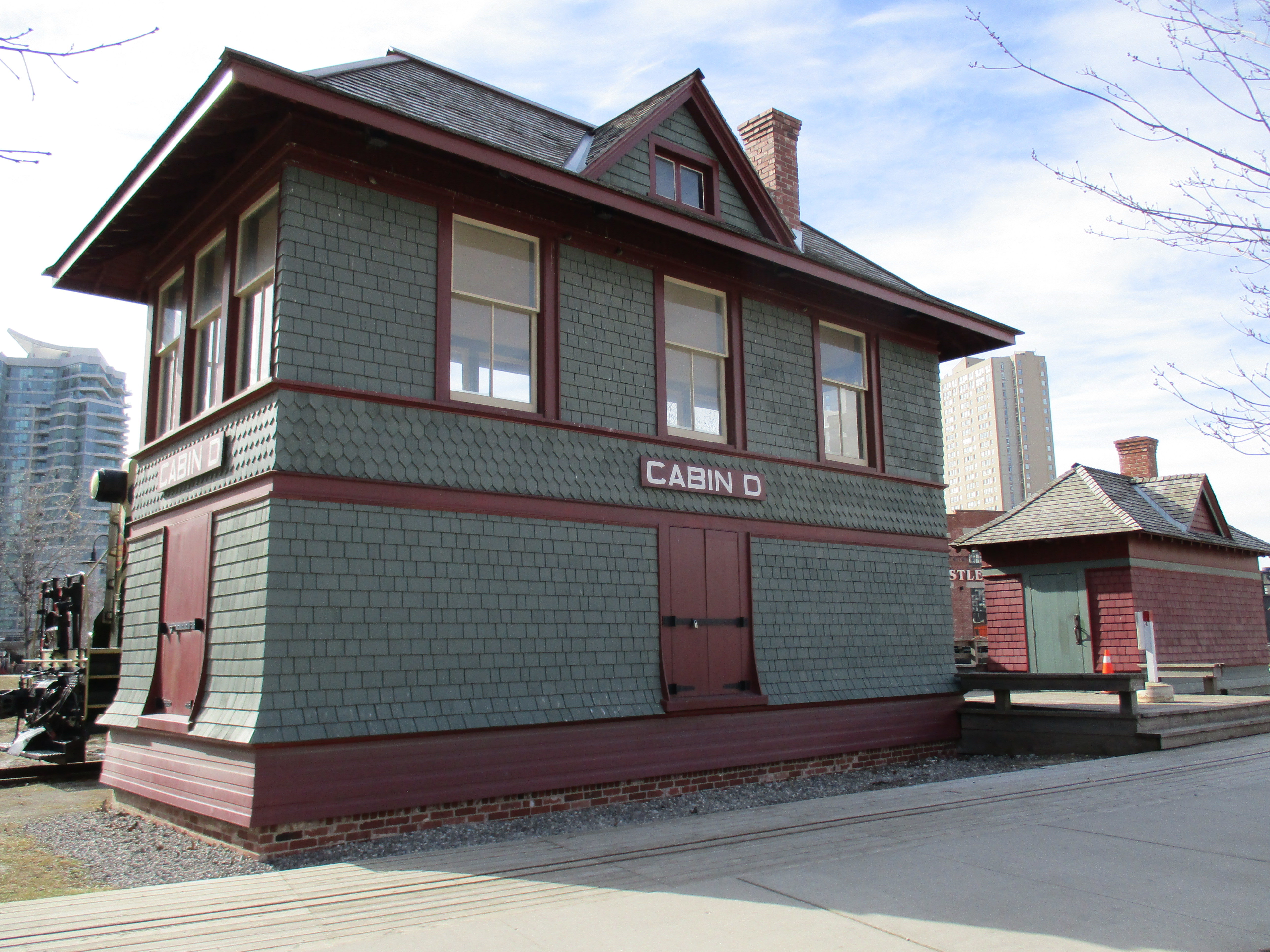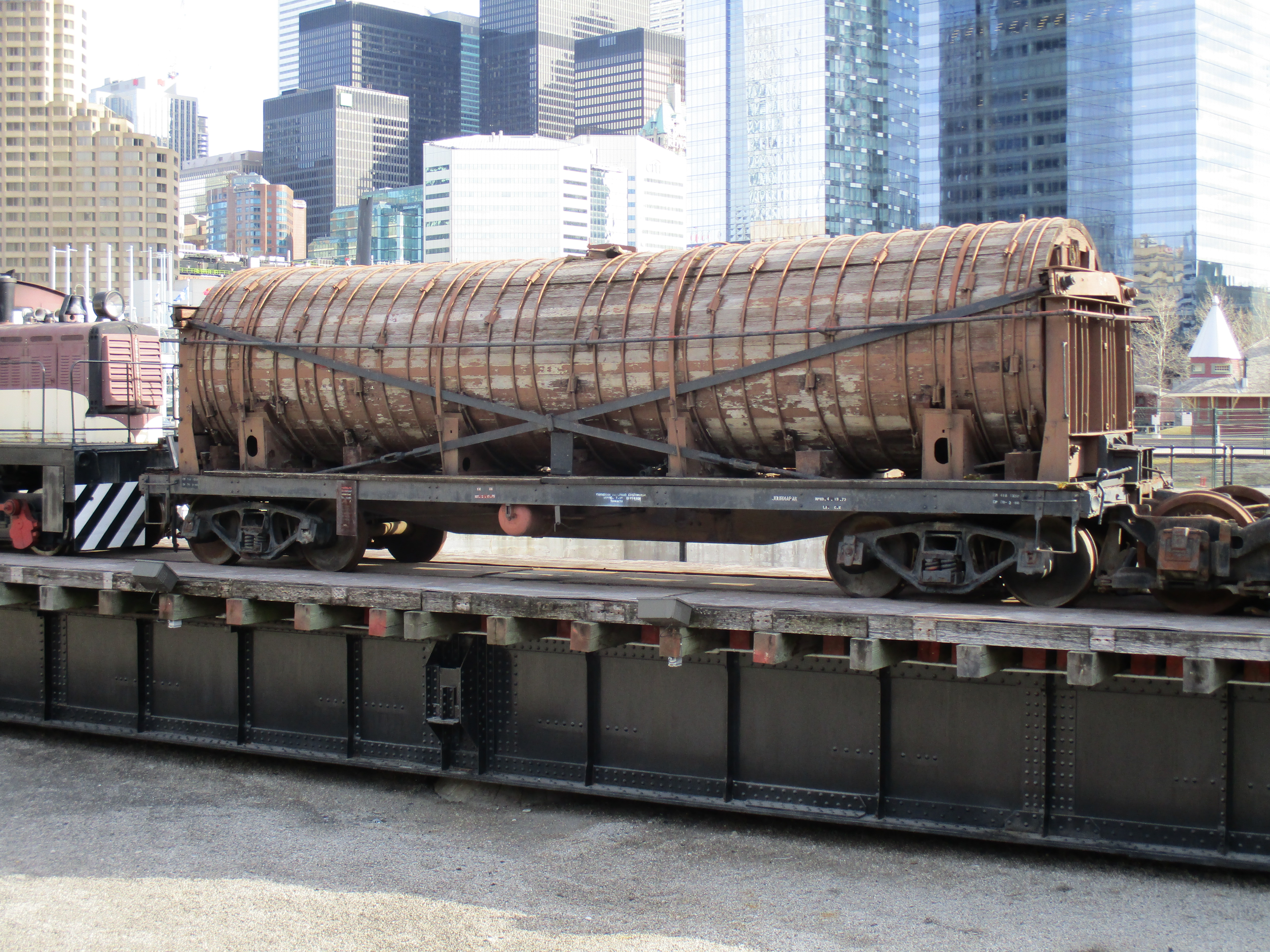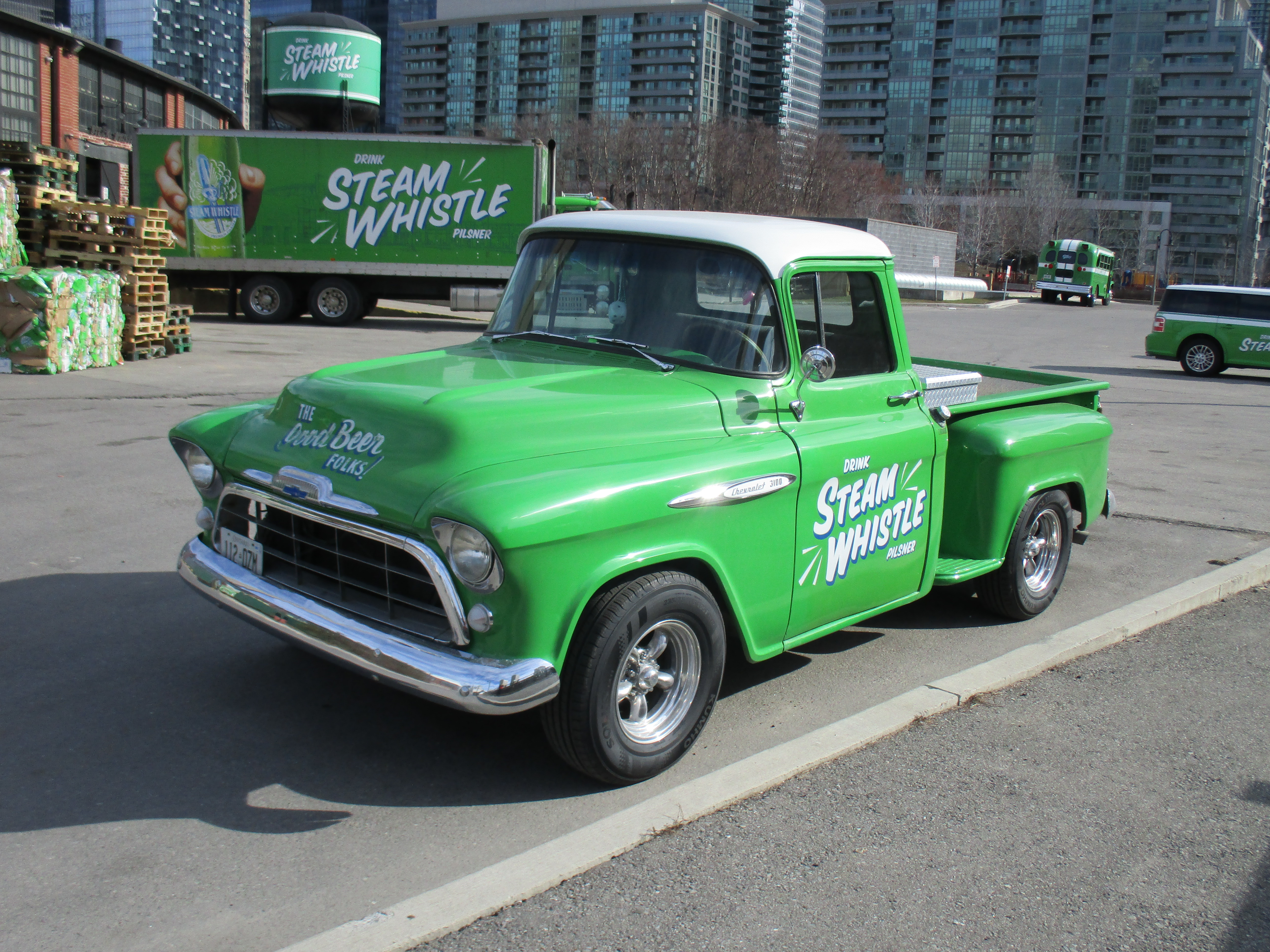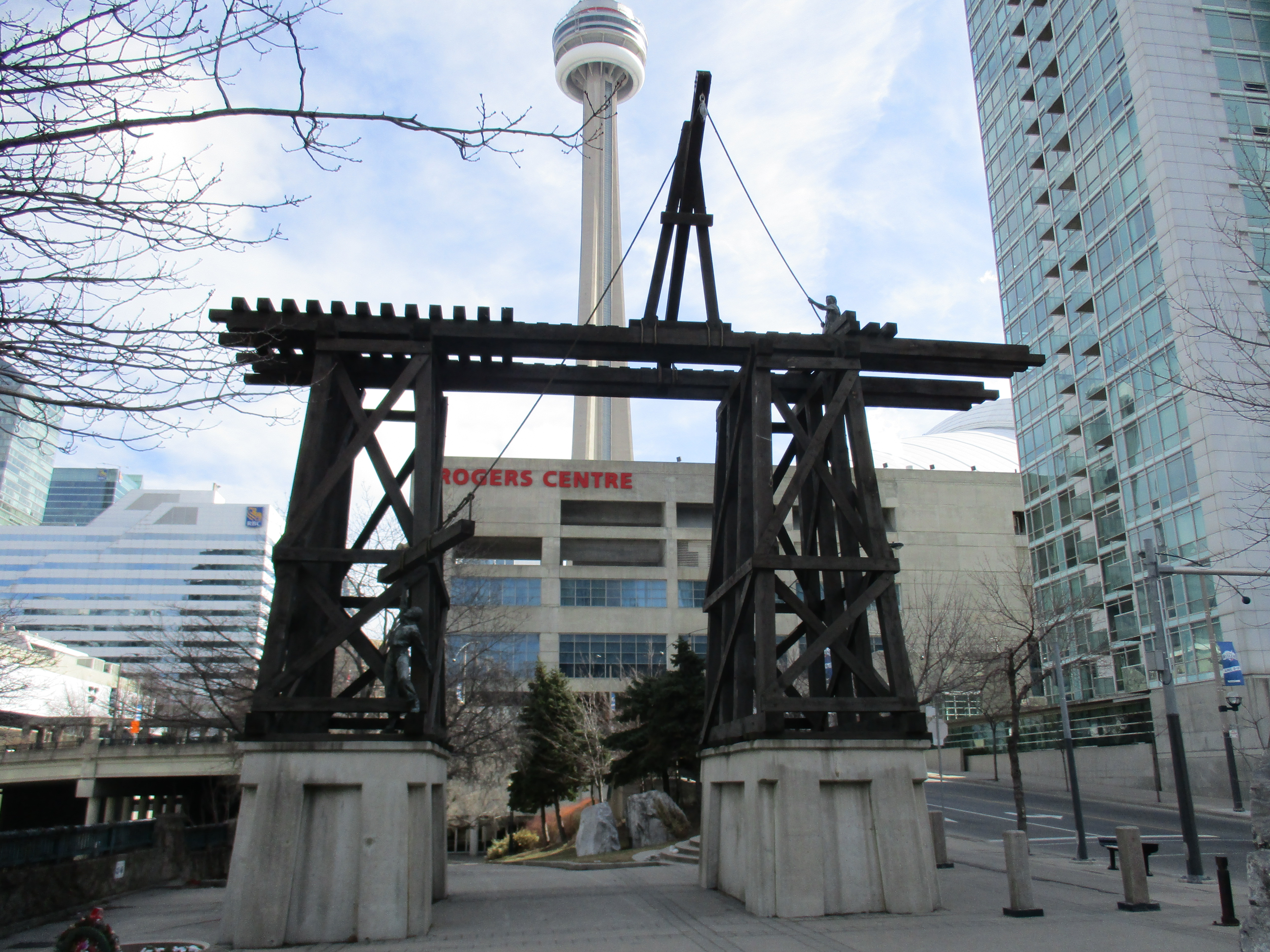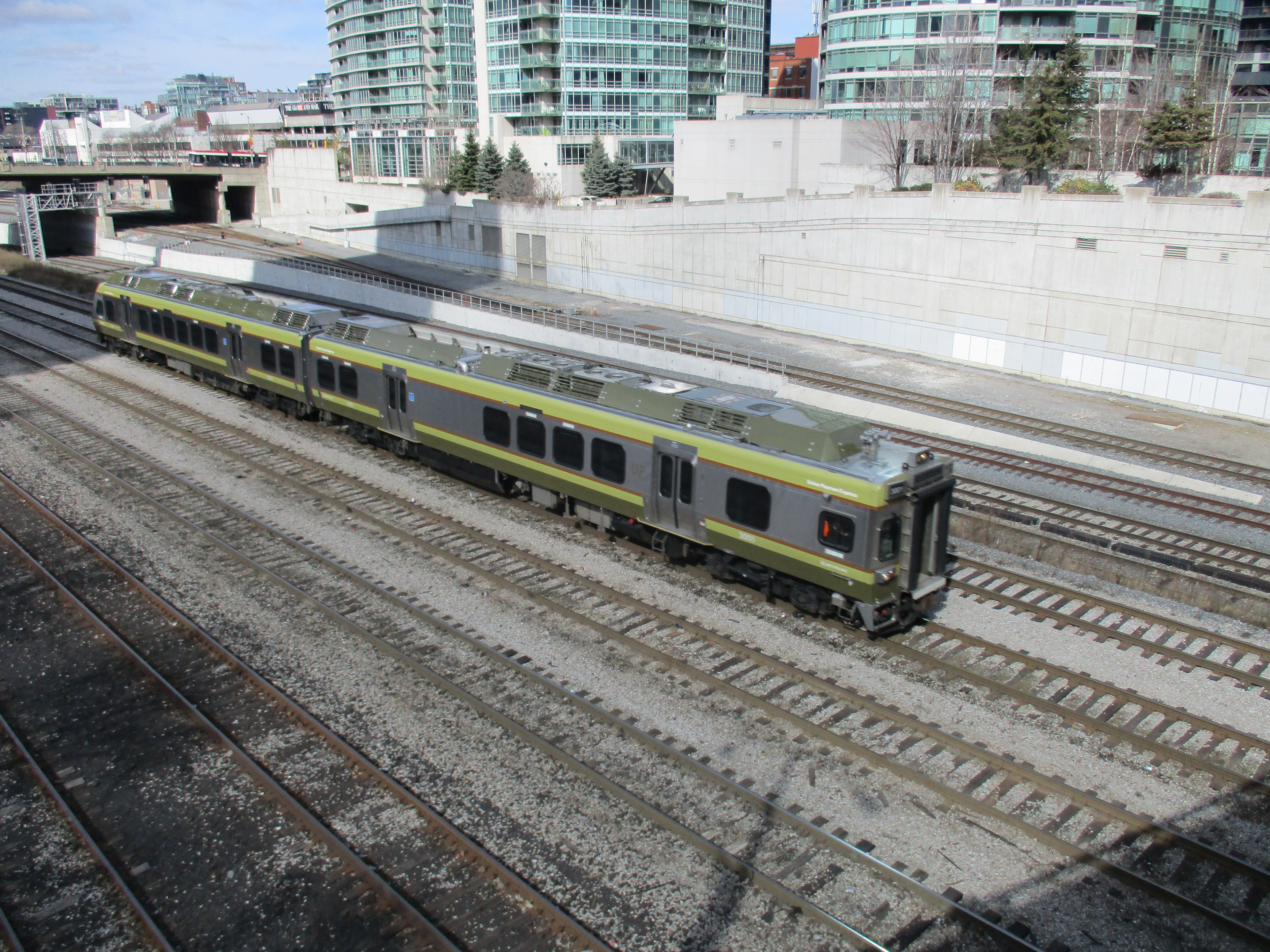August 1, 2021
Early railways connected small communities with larger centres and allowed for the easy transfer of goods and people. Pioneer towns that had railway service often flourished while those without it ended up featured in our Ghost Towns series. For the first century of Canadian railway history, trains were powered by steam locomotives. These required two fuel sources, water and coal (or occasionally wood). Coal would be manually shoveled into the the firebox by the fireman, heating the water to boiling and creating the steam and pressure to move the huge pistons. It is said that about a pound of coal per second was required to keep a train moving at 60 miles per hour. The major stops along the railways became places to refuel with water and coal, both of which were stored in towers so they could be gravity fed into the waiting trains. All of the early coal towers were built of wood and required continual maintenance and replacement. The picture below shows the coal tower in Georgetown in 1955 and was taken from Trainweb.org.
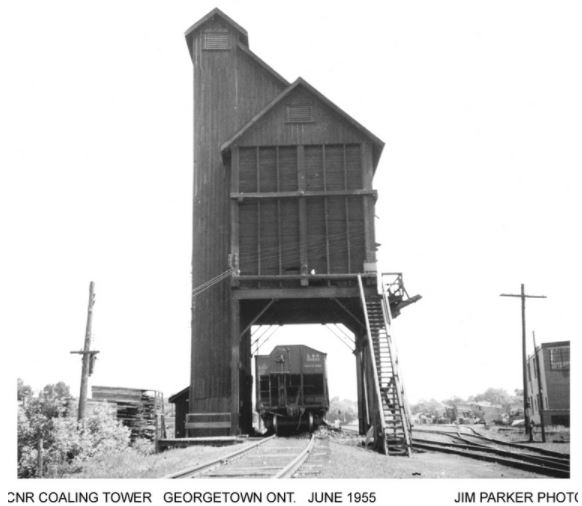
With my mother living in Gravenhurst there’s plenty of opportunity to visit historic sites that exist along the route. The Washago coaling tower had been in my sites for a couple of decades and it finally came time to check it out. I parked in Centennial Park where you can see the coaling tower across the river.
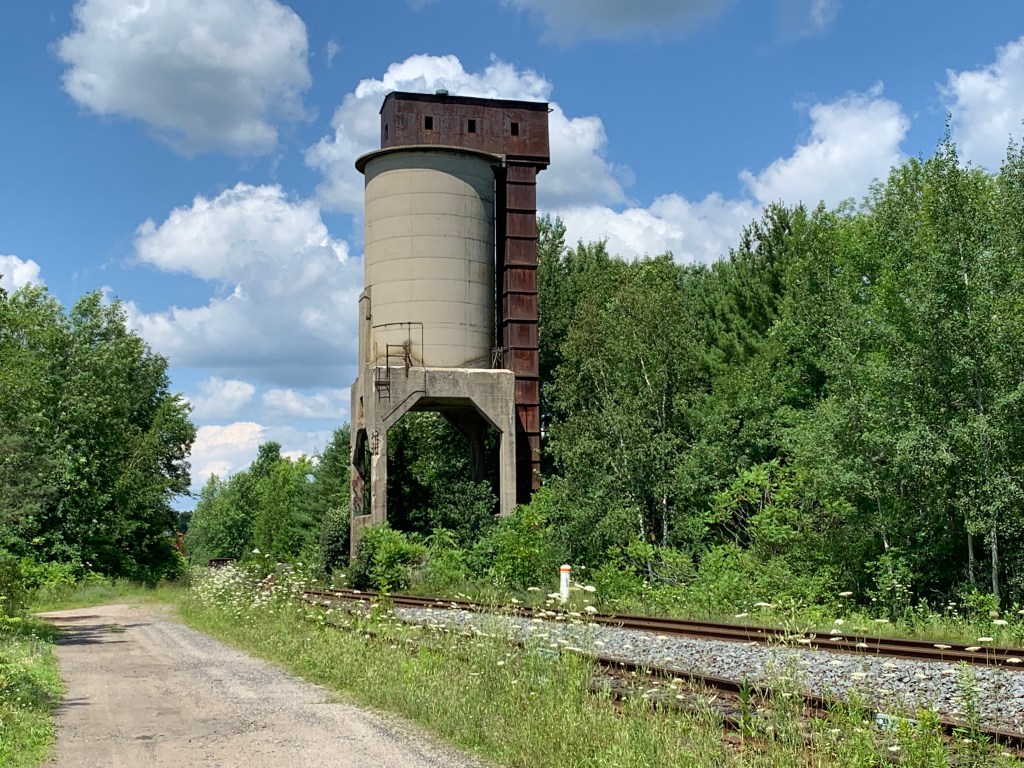
The concrete coaling tower in Washago was built in 1936 to replace an earlier wooden one. This picture from Ian Wilson’s book Steam at Allandale shows the coaling tower as it looked in the 1950’s.

As railways converted to diesel locomotives the old coaling towers became obsolete and many of them were demolished. The Washago tower was left standing beside the rail line and it has been slowly deteriorating ever since. Today, there are small sections of concrete that are breaking away but it appears to be structurally sound all the same.

The steel top is showing some signs of rust but is otherwise still in good shape. I can’t find any heritage designation for the Washago coaling tower but there’s very few of them remaining. There’s a three-bay concrete coaling tower preserved in downtown Toronto at Roundhouse Park along with several other railway era artifacts including a water tower and train station.

If you are thinking about visiting the coal tower, be aware that it is on a very active rail line and that you would be trespassing on private property.
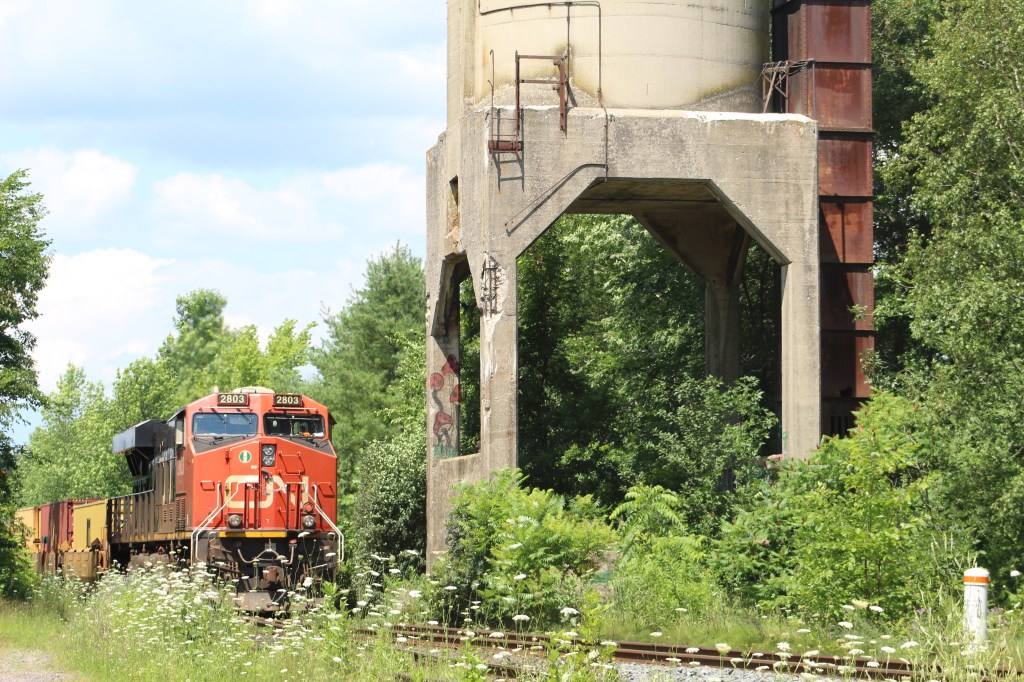
When the Washago water tower was no longer needed for railway purposes it was repainted and put into service as the town water tower.
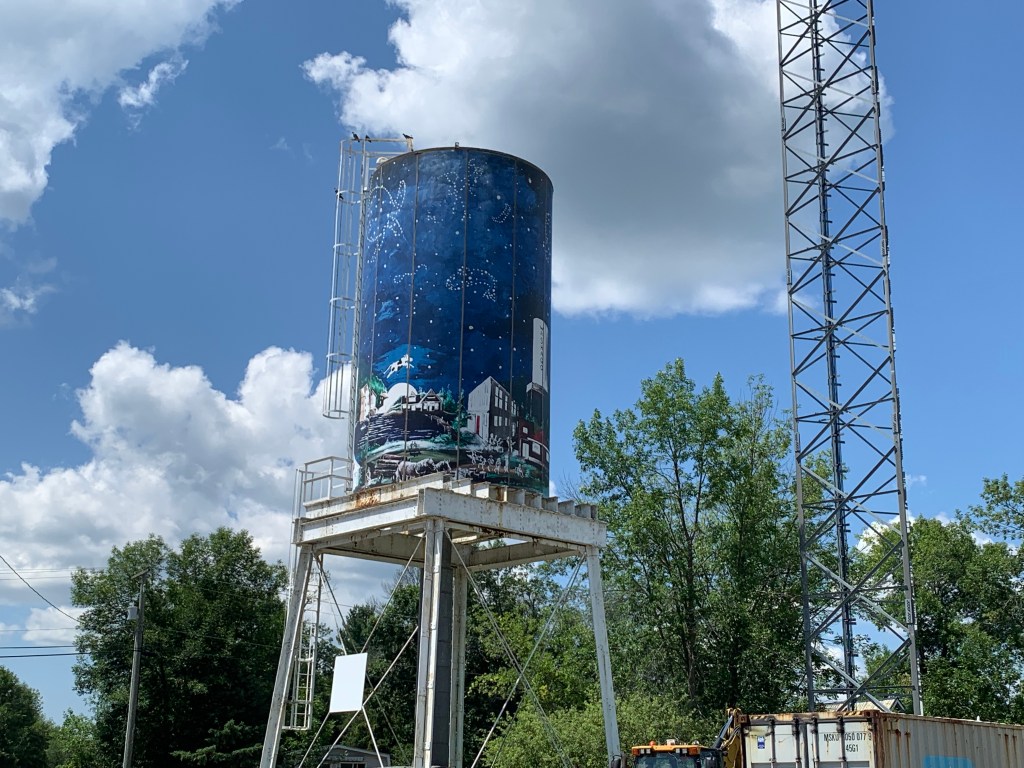
The current railway station was built in 1906 for the Canadian Norther Railway and was located about 200 metres from its present location. It was originally behind the Washago Hotel but the Grand Trunk Station was destroyed around 1913 and it was relocated in 1922 to serve both rail lines in town.

To accommodate the rail lines that passed on either side of the station a bay window was constructed on the back side of the station. Today, the building serves as maintenance space for CN employees.

The Washago Hotel is a well kept secret. There’s very little information available on line to tell the story of this old structure.

The Methodist congregation built a church in town in 1874 which has operated under the banner of the United Church since 1925.
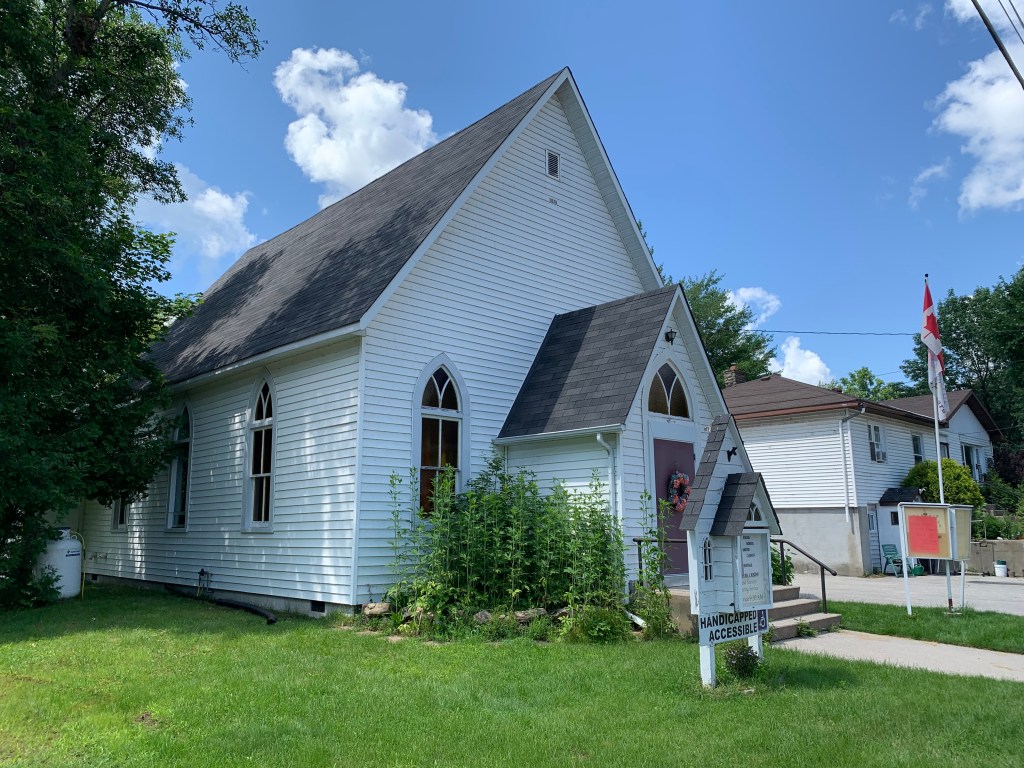
A small building stands on Grist Mill Lane which looks to have been a coopers shop at one time. Many grist mills had a barrel maker in the immediate area to provide the barrels to ship flour to market in.

The grist mill in Washago was built in 1872 and operated until about 1970. Since then it has been used as a private residence.

There’s a lot of history in Washago that needs to be investigated when I have more time. The old railway line going north out of town once had a swing bridge over the Severn River and now the abutments and piers are all that remain.
Also see our post on Roundhouse Park
Google Maps Link: Washago
Like us at http://www.facebook.com/hikingthegta
Follow us at http://www.hikingthegta.com
Also look for us on instagram
